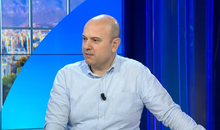
 Flash News
Flash News
Directors targeted! After Fier and Durrës, Rama arrives in Elbasan
Name/Identification of the 23-year-old found dead near Shkopet Lake
IKM action in Theth, residents come out in protest
Reported missing by his father, 23-year-old found dead near Shkopet lake
Drowned while rescuing two tourists in Shkodra, search continues for the body of the captain of the tourist ship

Alfred Lela
Rai3's investigative reporting has once again turned the tables on the government and its activities. As has returned to the television panels a special drill of debaters for whom the 11-year-old color of the Renaissance is the eternal pink of the miracle which, even, could be mixed with blood red in the background of the national flag.
The pro-government panelists are like solar panels: they don't meet the energy needs, but they keep Rama and his group burning the lamp of normality when everything around seems abnormal.
They are so attuned to the absurd that they read and presented Rai's reportage as abnormal, a journalistic engagement of several months, not a conversation in the studio, and rather an illustration of what is called 'interpretive journalism' and which provides, for a public weary of the bombardment of minute information, what might be called 'dots on the i'.
It is these drops that have fallen on the crops of the Renaissance and have ruined not only the hashish, the towers, the touristic miracle, but especially the "globalism" of the socialist leader, which is unmasked by Italian journalists as nothing more than the sale of Albania, a territory that paid to 'first comer'.
The gamut of all colors from McGonigal to General Lisi, the Blair family, Massimo D'Alema and further to drug trafficking suspects or 'strategic investors', are a frightening reminder of the renaissance phrase 'we love the party more than Albania'. The party in this case is the organization that allows individual and group enrichment at the expense of others and Albania.
The parodic attempt to avoid the problem, both by the governors and their panel appointments and in the press, seems paradoxical, but it is not.
It is everyone's instinct that, even when he realizes that he is at a dead end, he does not turn back but continues. The following is the psychological reaction of the lost but also of the lost cause.
Nothing explains this better than the prime minister's episode with journalist Giorgio Motola. A man at 2 meters looked shorter than another 1.70m.
It is the shadow cast by anyone whose body fits well or poorly within their own skin.
The screams that Rama physically emitted were signs of discomfort and that his shadow had grown too large in the territories of evil.
The Italian journalist was the mirror where this truth was reflected.
The framed page of the Koha Jonë newspaper, with a former Edi battered by violence, over which he cried to Mottola, is the reminder that the current Rama seeks to explain his promotion as a reward for the violence suffered, but wants to avoid the pain that the violence it has caused will also lead to decline.
Psychologically, the phrase 'you ain't seen nothing yet' is his payback to the lost Ed of yesteryear who lives deep in that picture of the past.
The photo as a 'journalist' of a prime minister so exposed in anti-journalistic marches does not serve. Many explain that Rama sees the homeland as a giant exhibitor that he paints and sells.
An iconoclast who sells icons is nevertheless a psychological mistake.
Latest news


Directors targeted! After Fier and Durrës, Rama arrives in Elbasan
2025-07-09 09:53:57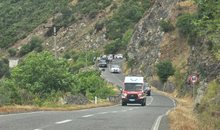
Name/Identification of the 23-year-old found dead near Shkopet Lake
2025-07-09 09:42:34
IKM action in Theth, residents come out in protest
2025-07-09 09:34:54
Reasons why the EU has not imposed new sanctions against Russia
2025-07-09 09:18:35
DW: Online scams increase human trafficking
2025-07-09 09:01:29

Reported missing by his father, 23-year-old found dead near Shkopet lake
2025-07-09 08:42:13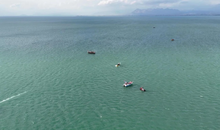
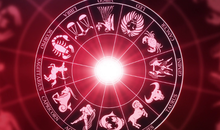
Horoscope, what do the stars have in store for you today?
2025-07-09 08:25:44
Sun and rain, Wednesday with unstable weather
2025-07-09 08:06:58
Posta e mëngjesit/ Me 2 rreshta: Çfarë pati rëndësi dje në Shqipëri
2025-07-09 07:52:02

Tabaku: Salianji bore a political cost that no one in Albania has borne
2025-07-08 22:36:15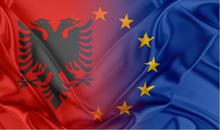


Sekretet për të shijuar verën si një ‘profesionist’
2025-07-08 21:45:06

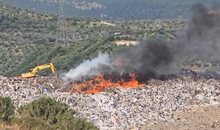
Albania's Waste Crisis: Toxic Smoke and Deep Governance Problems
2025-07-08 21:13:07
Alarming pollution in Fushë-Arrëz, copper factory waste turns the Fan River red
2025-07-08 21:07:14

Poll/ How do you assess the Prime Minister's intervention in local government?
2025-07-08 20:40:01
28 arrested in Italy and Spain for drug trafficking, including an Albanian
2025-07-08 20:24:14
Residents clash with police in Theth: We are on our land
2025-07-08 20:11:41
Death of 27-year-old in Lipjan, Osmani: To be investigated independently!
2025-07-08 20:06:52
Trump promises US will send more weapons to Ukraine
2025-07-08 19:54:25

EU targets health, education, police and cadastre as areas of corruption
2025-07-08 19:23:34
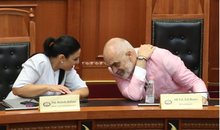
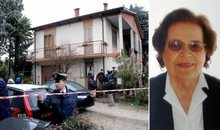


Salianji after his return: I did not oppose for functions, but for vocation
2025-07-08 18:23:15
Will he run in the 2029 elections? Here's how Salianji answers
2025-07-08 18:16:09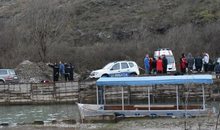
Boat captain drowns after diving into water to save two tourists in Shkodra
2025-07-08 18:05:12
Salianji from the DP headquarters: I brought a drug trafficker to justice
2025-07-08 18:03:26
After Fier, Rama "landes" in Durrës, dismissals expected
2025-07-08 17:53:32
Ervin Salianji arrives at the blue headquarters, welcomed by supporters
2025-07-08 17:45:12
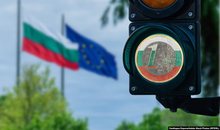
EU approves final steps for Bulgaria's Eurozone membership
2025-07-08 17:43:06

Zhupa after Salianj's release: Inspiration for every opposition member
2025-07-08 17:19:39
Actor David Killick passes away
2025-07-08 17:09:23


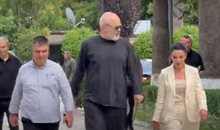
Threatened with dismissals, Rama arrives at the Fier municipality
2025-07-08 16:39:19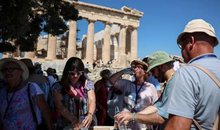
Extreme temperatures temporarily close Acropolis in Greece
2025-07-08 16:30:34

A plot of cannabis is discovered in Mazha, Kruja
2025-07-08 16:13:48

Republika Srpska allocates additional 22 million euros for lobbying in the US
2025-07-08 15:52:04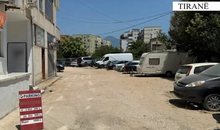

Spices that protect you from mosquitoes!
2025-07-08 15:30:03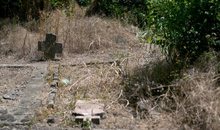

Accident on the Vlora-Qeparo axis, one injured
2025-07-08 15:11:52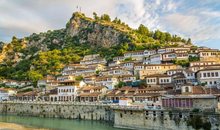
Berat, 17 years part of UNESCO's world heritage
2025-07-08 15:03:30
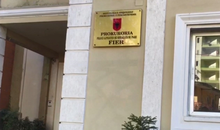

Cost of living increases, inflation rises to 2.4% in June, driven by food
2025-07-08 14:29:54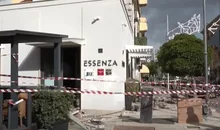
VIDEO/ Restaurant roof collapses in Italy, one victim and ten injured
2025-07-08 14:18:44
Requested release from cell, Supreme Court leaves Veliaj in prison
2025-07-08 14:07:41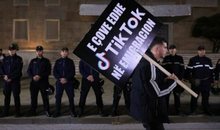
TikTok shutdown/ Austrian media: Rama benefited politically from the app ban
2025-07-08 13:48:25
Acropolis temporarily closed due to heat
2025-07-08 13:31:09



Salianj's release/Berisha: He was politically condemned by Rama and Xhafa!
2025-07-08 13:00:13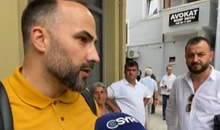

Knife attack on Peshkopia Boulevard
2025-07-08 12:44:10


Fier Court decides on the conditional release of Ervin Salianj
2025-07-08 12:15:23
Cost of living increases, inflation rises to 2.4% in June due to food
2025-07-08 12:00:16


Requesting conditional release, Ervin Salianji arrives at the Fier Court
2025-07-08 11:16:36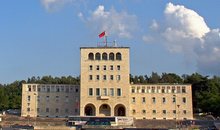
The first phase of university applications begins today
2025-07-08 11:10:52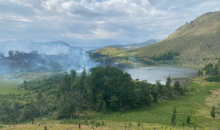
Fire in Lura, flames endanger the National Park
2025-07-08 10:53:43
Trump warns of 35% tariffs on Serbia and 30% on Bosnia and Herzegovina
2025-07-08 10:37:32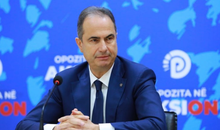
Thethi rooster and the dung cock
2025-07-08 10:24:01

Fire in Dukat endangers Llogara National Park
2025-07-08 10:01:39
International drug search: 36-year-old arrested in Durrës (NAME)
2025-07-08 09:50:48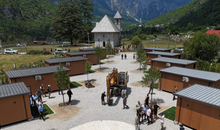
Thethi, tourists "criticize" modern trend
2025-07-08 09:39:54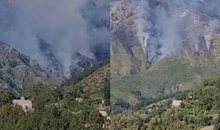
Fire on Mount Dukat still active, Llogara National Park at risk
2025-07-08 09:28:12
Veliaj's appeal to be heard today in the High Court
2025-07-08 09:16:02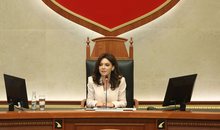
"Bad sign for democracy"/ Parliament neglects reporting by institutions
2025-07-08 09:04:56
Today's hearing at the Fier Court, Salianji requests conditional release
2025-07-08 08:56:39
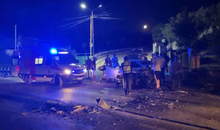
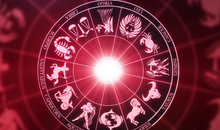
Horoscope, what do the stars have in store for you today?
2025-07-08 08:16:19
Weather forecast/ How temperatures will vary throughout the day
2025-07-08 08:02:37
Morning Post/ In 2 lines: What mattered yesterday in Albania
2025-07-08 07:48:30




